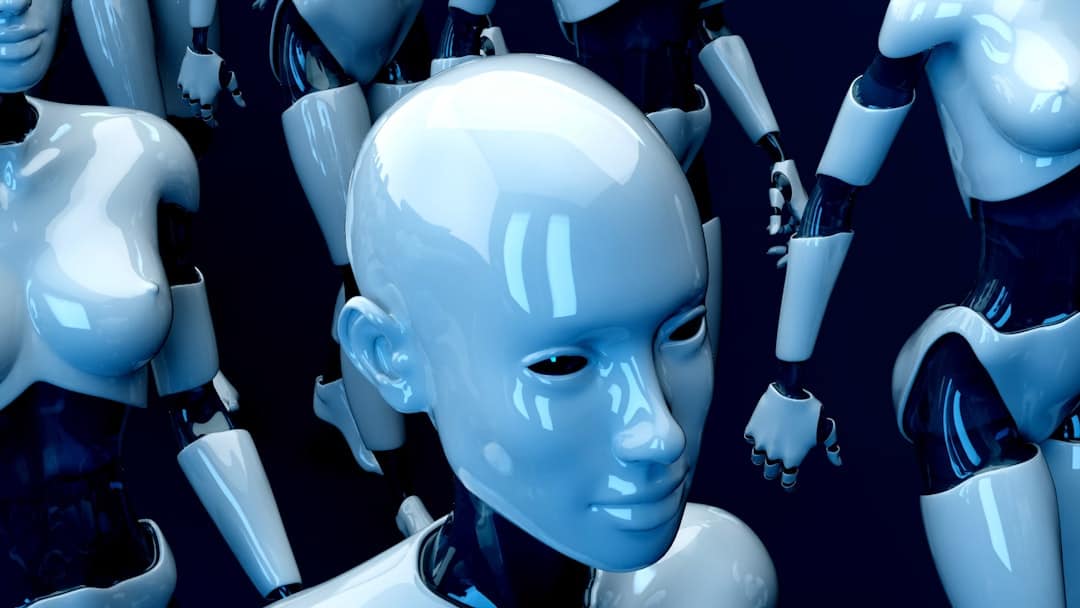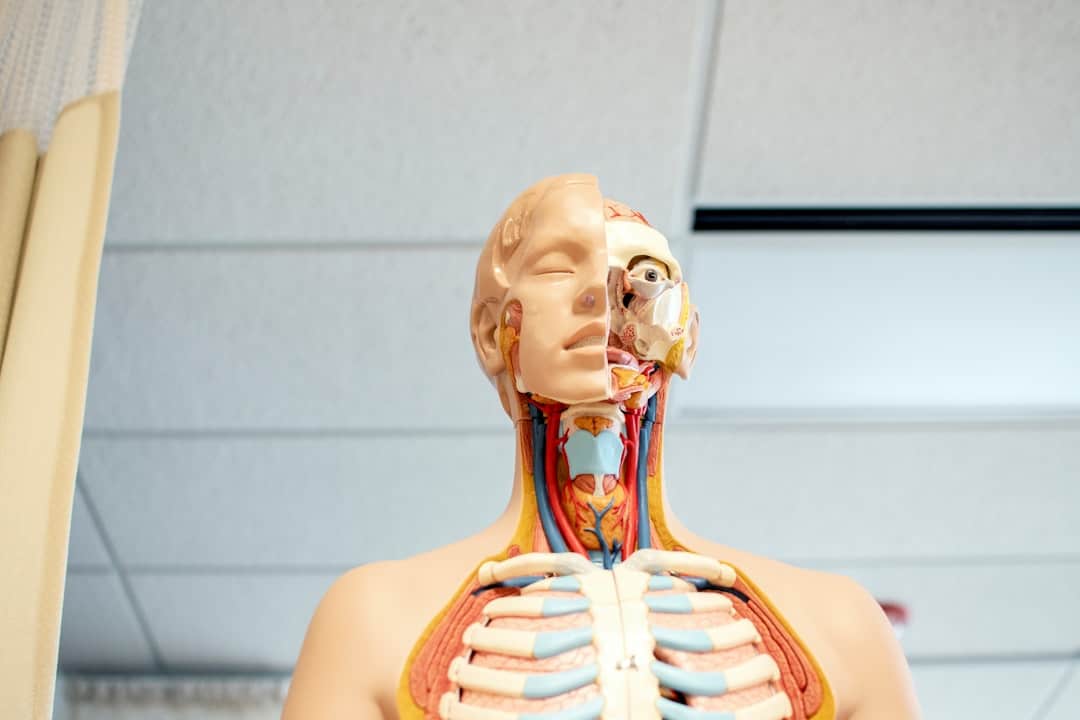Multimodal machine learning is a branch of artificial intelligence that develops algorithms and models to process and understand data from multiple sources, including text, images, audio, and video. This approach allows AI systems to learn from and make decisions based on diverse information, similar to how humans perceive and interpret their environment. By combining different data types, multimodal machine learning enhances AI capabilities, enabling more complex task performance and providing more accurate and comprehensive insights.
The field has gained prominence in recent years due to the increased availability of multimodal data and the growing need for AI systems capable of processing such information effectively. The abundance of multimedia content on the internet, including social media posts, videos, and audio recordings, provides a rich source of multimodal data for training AI models. Consequently, AI researchers and practitioners are exploring new techniques and approaches to leverage multimodal machine learning and develop more advanced AI systems.
Key Takeaways
- Multimodal machine learning combines different types of data, such as text, images, and audio, to improve AI systems.
- Multimodal data enhances AI by providing a more comprehensive understanding of the world, enabling better decision-making and problem-solving.
- Challenges in multimodal machine learning include data integration, model complexity, and interpretability, while opportunities lie in improved accuracy and real-world applications.
- Multimodal machine learning has diverse applications, including in healthcare, autonomous vehicles, and natural language processing.
- Techniques for multimodal machine learning include fusion methods, transfer learning, and attention mechanisms, with ongoing developments in multimodal pretraining and multimodal architectures.
The Role of Multimodal Data in Advancing AI
Multimodal data, which consists of information from multiple modalities such as text, images, audio, and video, plays a crucial role in advancing AI by providing rich and diverse sources of information for training and testing AI models. Unlike unimodal data, which is limited to a single modality, multimodal data offers a more comprehensive and holistic view of the world, enabling AI systems to learn from a wider range of inputs and make more informed decisions. This is particularly important in applications such as natural language processing, computer vision, and speech recognition, where combining different modalities can lead to more accurate and robust AI models.
One of the key advantages of multimodal data is its ability to capture complex relationships and patterns that may not be apparent when considering each modality in isolation. For example, in a multimedia document that contains both text and images, the textual content may provide context and additional information about the visual content, while the images may help to illustrate and clarify the textual information. By integrating these modalities, AI systems can gain a deeper understanding of the underlying concepts and make more nuanced interpretations.
As a result, multimodal data has become an invaluable resource for advancing AI and pushing the boundaries of what is possible with machine learning.
Challenges and Opportunities in Multimodal Machine Learning for AI

While multimodal machine learning holds great promise for advancing AI, it also presents several challenges that must be addressed to fully realize its potential. One of the main challenges is the complexity of integrating and processing data from multiple modalities, which requires specialized algorithms and techniques capable of handling diverse types of information. Additionally, multimodal data often comes with inherent noise and variability, making it difficult to extract meaningful patterns and insights.
This necessitates the development of robust methods for feature extraction, fusion, and representation learning to effectively capture the underlying structure of multimodal data. Despite these challenges, there are also numerous opportunities associated with multimodal machine learning for AI. For instance, multimodal data can provide complementary information that enhances the performance and generalization capabilities of AI models.
By leveraging multiple modalities, AI systems can learn from diverse perspectives and overcome limitations associated with individual modalities. Furthermore, multimodal machine learning opens up new possibilities for developing innovative applications in areas such as healthcare, autonomous vehicles, and human-computer interaction. As researchers continue to explore novel approaches and methodologies for multimodal machine learning, the field is poised to make significant strides in advancing AI.
Applications of Multimodal Machine Learning in AI
| Application | Description |
|---|---|
| Speech Recognition | Using both audio and visual cues to improve accuracy of speech recognition systems. |
| Gesture Recognition | Combining data from cameras and sensors to recognize and interpret human gestures. |
| Medical Diagnosis | Integrating data from medical images, patient records, and lab results to assist in diagnosis. |
| Autonomous Vehicles | Utilizing data from cameras, lidar, radar, and other sensors to enable safe and efficient self-driving vehicles. |
Multimodal machine learning has a wide range of applications across various domains, leveraging the power of multiple modalities to address complex problems and improve the performance of AI systems. In natural language processing, multimodal machine learning can be used to analyze text along with accompanying images or videos to gain a deeper understanding of the content. This approach has applications in sentiment analysis, content recommendation, and language translation, where combining textual and visual information can lead to more accurate and contextually relevant results.
In computer vision, multimodal machine learning enables AI systems to process both visual and textual information to recognize objects, scenes, and activities in images and videos. This has applications in image captioning, visual question answering, and video summarization, where AI models can generate descriptive captions or answer questions about visual content by integrating information from different modalities. Additionally, multimodal machine learning is being applied in healthcare for tasks such as medical image analysis and patient diagnosis, where combining imaging data with clinical notes or patient records can lead to more comprehensive and accurate assessments.
Techniques and Approaches for Multimodal Machine Learning in AI
Several techniques and approaches have been developed to facilitate multimodal machine learning in AI, enabling the integration of data from multiple modalities to train more robust and effective AI models. One common approach is feature fusion, which involves combining features extracted from different modalities to create a unified representation that captures the complementary information from each modality. This approach is often used in tasks such as multimedia retrieval and recommendation systems, where combining textual, visual, and audio features can lead to more relevant and personalized results.
Another approach is late fusion, which involves training separate models for each modality and then combining their predictions at a later stage. This approach is particularly useful when dealing with heterogeneous modalities that require different types of processing or modeling techniques. Late fusion has been successfully applied in tasks such as multimodal sentiment analysis and emotion recognition, where combining predictions from different modalities can lead to more accurate assessments of subjective content.
In addition to feature fusion and late fusion, there are also techniques for joint representation learning that aim to learn a shared representation space for multiple modalities. This approach enables AI models to capture complex relationships between different modalities and learn more robust representations that generalize well across modalities. Joint representation learning has been applied in tasks such as cross-modal retrieval and zero-shot learning, where AI systems can effectively transfer knowledge between different modalities based on shared representations.
Future Trends and Developments in Multimodal Machine Learning for AI

Looking ahead, there are several emerging trends and developments in multimodal machine learning that are poised to shape the future of AI. One trend is the increasing focus on self-supervised learning approaches for multimodal data, where AI models are trained to learn representations from unlabeled data across multiple modalities. This approach has the potential to leverage large-scale multimodal datasets available on the internet to learn rich and meaningful representations without requiring manual annotations.
Another trend is the integration of multimodal machine learning with reinforcement learning techniques to enable AI systems to learn from both sensory inputs and rewards signals. This approach has applications in robotics, autonomous systems, and game playing, where AI agents can learn complex behaviors by interacting with their environment and receiving feedback through multiple modalities. By combining reinforcement learning with multimodal machine learning, researchers aim to develop more autonomous and adaptive AI systems capable of handling real-world challenges.
Furthermore, there is growing interest in multimodal generative modeling techniques that enable AI systems to generate realistic and coherent outputs across multiple modalities. This has applications in creative tasks such as image generation from textual descriptions or text-to-speech synthesis, where AI models can generate diverse and high-quality outputs by leveraging information from different modalities. As researchers continue to explore these trends and developments, multimodal machine learning is expected to play an increasingly important role in shaping the future of AI.
Ethical and Societal Implications of Advancing AI with Multimodal Machine Learning
As AI systems powered by multimodal machine learning become more prevalent in society, it is important to consider the ethical and societal implications of their development and deployment. One key concern is the potential for bias and discrimination in AI models trained on multimodal data, as they may inadvertently learn or perpetuate existing biases present in the training data. This can have serious consequences in applications such as hiring decisions, criminal justice, and healthcare, where biased AI systems can lead to unfair outcomes for individuals from underrepresented groups.
Another ethical consideration is the privacy implications of processing multimodal data, which may contain sensitive or personal information about individuals. As AI systems become increasingly capable of analyzing diverse types of data such as images, videos, and audio recordings, there is a need to ensure that privacy rights are respected and that appropriate safeguards are in place to protect individuals’ data. This is particularly important in applications such as surveillance, social media analysis, and healthcare, where multimodal data may contain sensitive information that should be handled with care.
Furthermore, there are societal implications related to the impact of multimodal machine learning on the future of work and human labor. As AI systems become more proficient at processing diverse types of data and performing complex tasks across multiple modalities, there is a potential for significant disruptions in various industries and job markets. It is important to consider how these changes will affect employment opportunities, skill requirements, and income inequality, as well as how society can adapt to ensure that the benefits of advancing AI with multimodal machine learning are equitably distributed.
In conclusion, while multimodal machine learning holds great promise for advancing AI across various domains, it also presents challenges that must be carefully addressed. By leveraging diverse sources of information from multiple modalities, researchers are pushing the boundaries of what is possible with AI systems. However, it is crucial to consider the ethical implications of developing and deploying AI systems powered by multimodal machine learning to ensure that they are fair, transparent, and respectful of individuals’ privacy rights.
As researchers continue to explore new techniques and approaches for multimodal machine learning, it is essential to prioritize ethical considerations and engage with stakeholders to build trust in these transformative technologies.
If you’re interested in the intersection of artificial intelligence and the metaverse, you may want to check out this article on Artificial Intelligence (AI). It delves into the ways AI is shaping the metaverse and the potential impact it could have on our virtual and real worlds. This article provides valuable insights into the advancements in AI and how they are influencing the development of the metaverse.
FAQs
What is multimodal machine learning?
Multimodal machine learning is a field of study that focuses on developing algorithms and models capable of processing and understanding information from multiple modalities, such as text, images, audio, and video.
What are the applications of multimodal machine learning?
Multimodal machine learning has applications in various fields, including natural language processing, computer vision, speech recognition, and multimedia analysis. It can be used for tasks such as image captioning, video summarization, and sentiment analysis.
How does multimodal machine learning work?
Multimodal machine learning combines information from different modalities to create a more comprehensive understanding of the data. This can involve using techniques such as feature fusion, late fusion, and early fusion to integrate information from different sources.
What are the challenges in multimodal machine learning?
Challenges in multimodal machine learning include handling data from different modalities, addressing semantic misalignment between modalities, and developing models that can effectively learn from diverse sources of information.
What are some popular multimodal machine learning models?
Popular multimodal machine learning models include multimodal recurrent neural networks (RNNs), multimodal transformers, and multimodal fusion networks. These models are designed to effectively process and integrate information from multiple modalities.











Leave a Reply